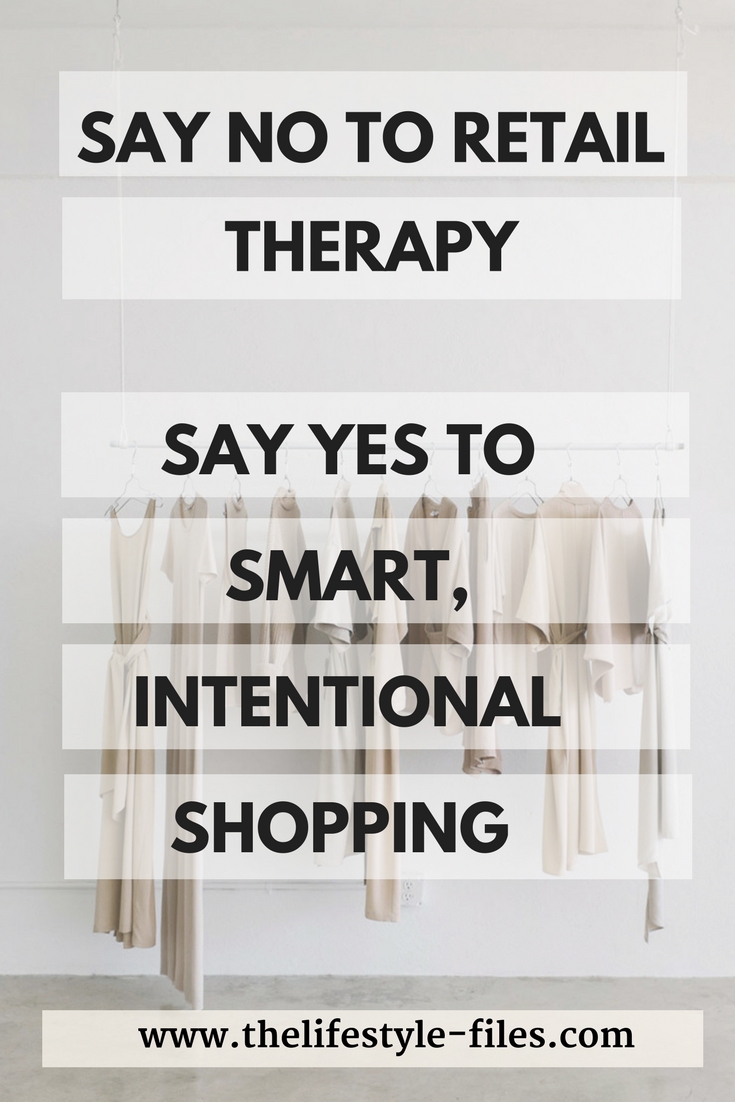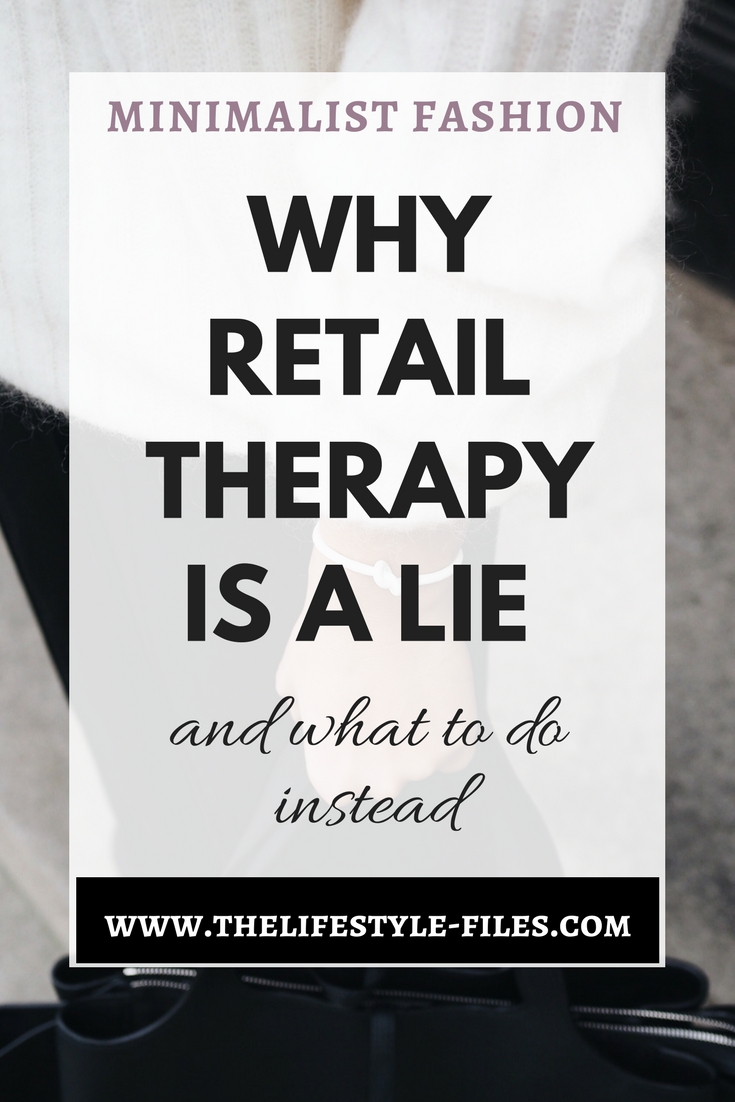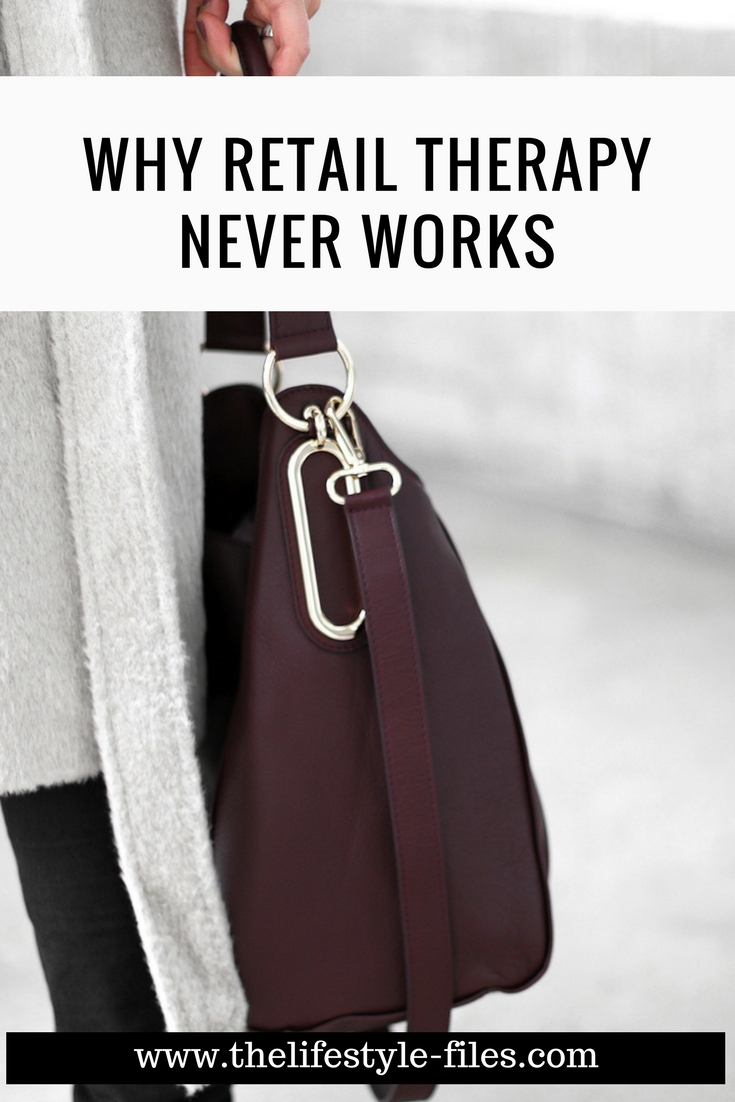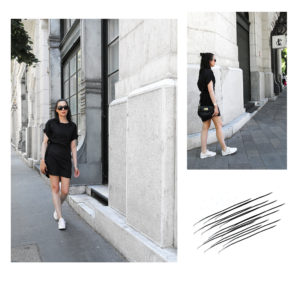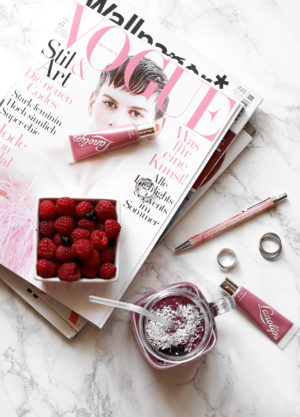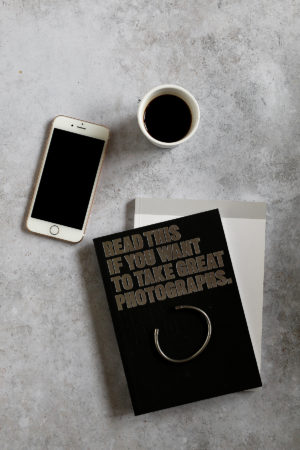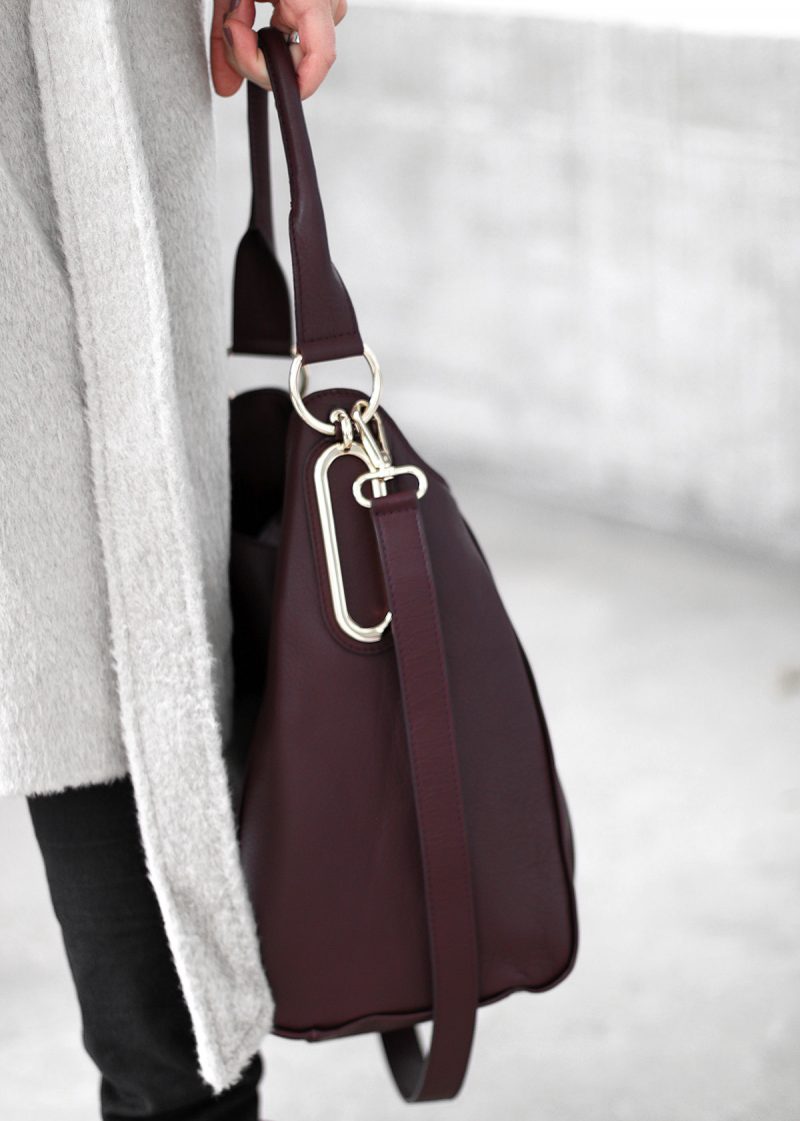 Retail therapy aka the easiest and most fun answer to all our problems – at least according to seemingly every single woman’s magazine out there. And at first glance, we may think it can work. After all, shopping is fun, we get an adrenaline rush from all the potential new treasures, we buy great new things, our mood is instantly lifted and who remembers all the problems we had?
Retail therapy aka the easiest and most fun answer to all our problems – at least according to seemingly every single woman’s magazine out there. And at first glance, we may think it can work. After all, shopping is fun, we get an adrenaline rush from all the potential new treasures, we buy great new things, our mood is instantly lifted and who remembers all the problems we had?
But let’s be honest, does shopping therapy really fix the crises? Does a new pair of shoes really have a mystic ability to erase career or personal life problems? Is this really the secret magic weapon to cope with stress?
It might be – but only temporarily.
Real therapy or just a session?
Let me just say, this is not an indictment against shopping per se. I’m not the type of minimalist/conscious shopper or whatever category my attitude may fall into, who considers shopping or the enjoyment of material possessions as the source of all evil.
I even think that sometimes it’s OK if we “treat” ourselves to something if we’re really down, or, on the opposite, achieved something significant. And the good feeling and excitement that accompanies shopping are also OK. It’s also scientifically proven – shopping makes us feel good because it triggers the brain’s reward system and the release of dopamine, a feel-good chemical.
The problem starts if this becomes an automatic reaction and our only coping mechanism against stress or problems.
Because retail therapy doesn’t work like that – it’s not a sustainable, long-term solution, just a quick fix.
I dislike this term because it promises that by buying something we are able to solve real-life problems. That it acts as actual therapy. But don’t people go to their therapist for a long time? Don’t they have to face and work through some really tough issues in order to feel better? How can this be compared to going to the mall and spending 20 minutes and maybe hundreds of dollars on a bag?
It cannot and that’s the reason I strongly suggest treating this kind of coping mechanism very carefully.
We’ve, of course, all been there. Feeling sad, losing control, unable to solve problems on the spot, and seeking refuge in shopping.
And it may conceal problems for a short time – while we try on the new shoes, pay for them, carry them home in the cool and stylish bag, try them on once again at home, and maybe the next day when we are wearing them. And after? We’re faced with the same problems, challenges, anxiety, stress, maybe even encumbered with buyer’s guilt or, in an even more serious case, some horrific credit card bills at the end of the month. Nothing really changes when it comes to the real issues. And yet, we go back, we shop more, without remembering yesterday’s glorious purchase we’re on to the next one. Funny how our brain works – we immediately forget that nothing changed the last time we did this, or a week, a month, a year before that, we’re just encompassed in the sudden rush of excitement and adrenaline due to the new purchase and the cycle continues.
In order to break this cycle, we must realize that retail therapy doesn’t really work in the long run. It’s not a real therapy, just a short (and deceiving) session. It temporarily lifts our mood, but deep down, solves nothing.
Again, this becomes a problem if done in excess. If it becomes automatic, if we lose control, or if we’re unable to come up with better answers to problems.
Shopping in itself is OK. Feeling good about it is OK. Treating it as a magic solution to our problems is definitely not OK. It’s important to make this distinction and to be honest with ourselves. If we do that, we can at least come up with some ways to avoid really costly mistakes and curb our retail therapy sessions.
How to avoid the retail therapy trap (or at least guard your wallet better)
Be realistic about your shopping stressors. If you feel like you have a shopping problem (don’t we all?) try to identify both the stressors and your preferred hoarding specialty. If you are actually aware that in case of a crisis, your first reaction is to go out and get another pair of shoes, you can start to do something about it. Maybe take the last pair, find a new outfit to wear it with and go out with your friends, instead of buying a new one. Honesty with ourselves always pays off at the end.
Find new ways to cope. Working out, going out to dinner, taking a long bath, or simply donning your pajamas and spending a day in front of Netflix may be just as good self-care ways as the so-called retail therapy. The goal is to feel better, right? Find the things that actually make you happy and more relaxed.
Fake shopping. Whenever I feel the dangers of stress-induced shopping approach, I revert back to my trusted reverse shopping strategy. I spend some time shopping online, put a lot of things into my cart and then start to go through and analyze each item to decide whether it would really make me happy if I got it. I do this on the spot or just close the website and leave my shopping cart for a couple of days. Often I end up not buying anything because the fake shopping and then the reverse shopping did the trick and eased my mind a little. Interestingly, this is also kind of scientifically proven. Remember dopamine, the chemical I mentioned that is responsible for all those good feelings? It seems it’s also triggered by the anticipation of an exciting event. Meaning that fake shopping can have the same effects as actual shopping.
Buy something you already planned on purchasing or something that actually makes sense. If you have a wishlist of clothes, books, gadgets, or beauty stuff that you were actually planning on buying, you can maybe speed up that process. This way, you at least get something useful, provided you made a thoughtful decision putting them on the wishlist in the first place.
I love shopping with my Mom (to this day), and I still remember one of our glorious shopping trips after one of my difficult break-ups. It felt great to go out, spend some time together and buy a lot of beautiful things. But it was also great because it was mindful. She knew I needed this, but she made sure we bought stuff I could actually use. There are still some items (after 10 years!) that I have in my wardrobe from that shopping trip. Conclusion: make good decisions even in this state of mind, or at least have someone by your side who can maintain control over the situation.
I don’t like extremities. Yes, going into credit card debt, using every single tiny stressor as a signal to drop some serious cash, and making really unnecessary purchases (especially ones you never ever wear again) are bad and will only escalate the problem. But the other end isn’t so great either. There’s absolutely no need to feel guilty about spending some money on anything that falls outside the “necessities” category. Money is not a value in itself. It should be a source of comfort, security, but also enjoyment. Being overly frugal to the point of obsessing over every single cent is not a good way to live in my opinion, either.
We gotta find the sane and golden middle road.
Say no to retail therapy.
Say yes to fun, intentional shopping.

